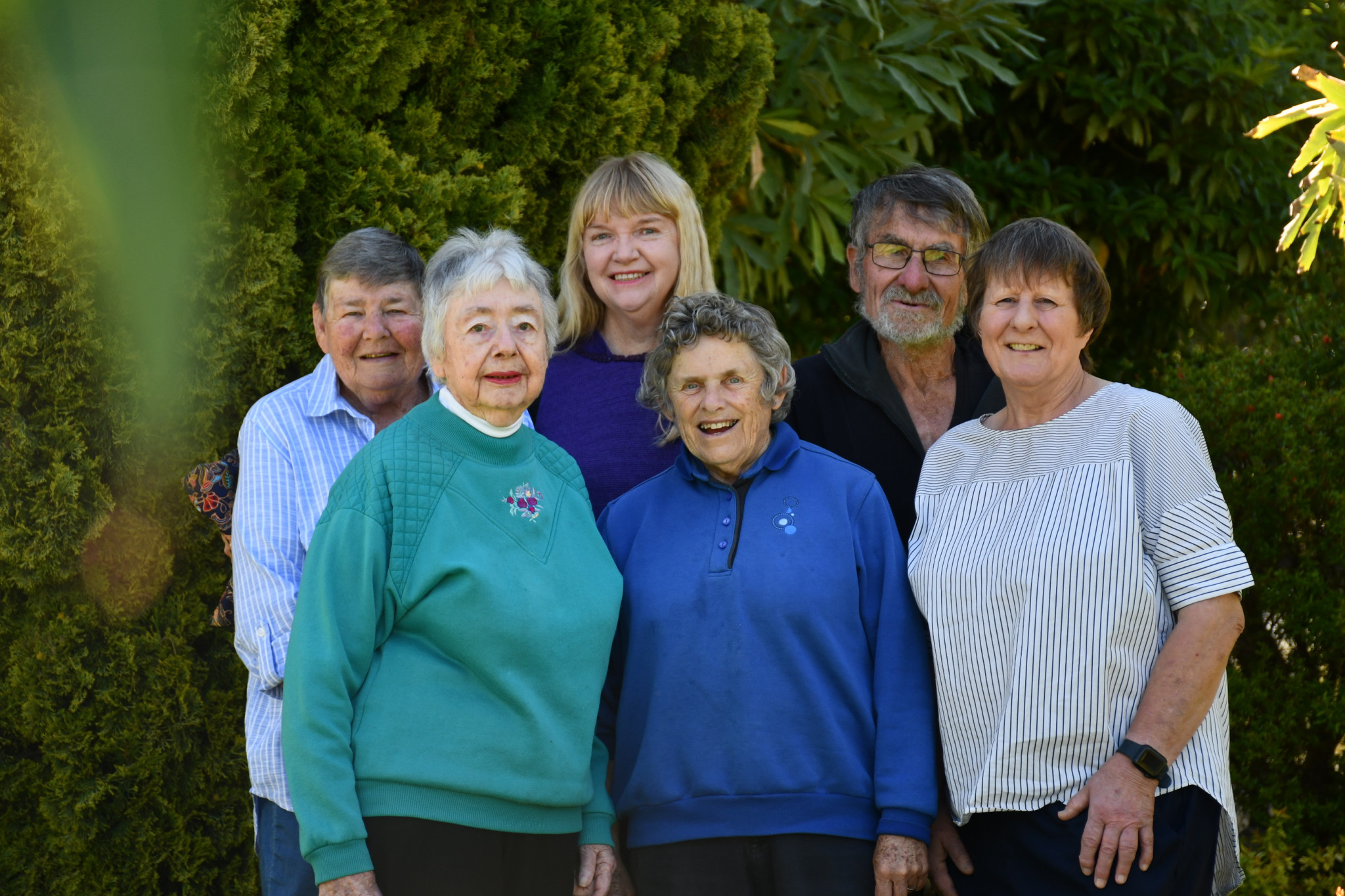General News
8 November, 2024
Reserve worth protecting
Buried along the side of the Pyrenees Highway is a lush flora-rich treasure — the value of which is now being stressed by a local environmental group preventing it from being forgotten.

Covering around 3.7 hectares, the Walter and Louisa Cosstick Wild-flower Reserve is located just west of Maryborough, bounded by the Pyrenees Highway and the Old Avoca Road.
It was bequeathed by the Cosstick family in 1959 as a permanent conservation reserve because of its importance to the region’s natural history.
According to the Maryborough Field Naturalists Club, which is actively working to preserve its importance as a natural sanctuary for future generations, the reserve is unique for a number of reasons.
“It’s a significant conservation area,” the group’s Barb Thomson said.
“[I think] it is probably the closest bushland to Maryborough where nocturnal visitors can see the beautiful Sugar Glider gliding through the treetops.
“We’ve also got wonderful native flowers that come out in springtime, there are trees of age, and amazing fauna.”
The club’s messaging around the reserve follows a visit by the Melbourne Naturalist Group — who is responsible for the area.
“They came down a few weeks ago and they were absolutely in awe of it,” Ms Thomson said.
“That’s when we thought that we as a group needed to do more to promote the reserve locally — show our residents what we have in our region that we can so easily access.
“We now want to create opportunities for people to actually utilise this space through tours of various kinds.”
Members from the club have so far identified more than 50 different species at the reserve, including some listed as endangered.
“There’s so much out there and we’re just trying to make people aware of and understand the value of these areas — our future excursions will definitely help with that,” Ms Thomson said.